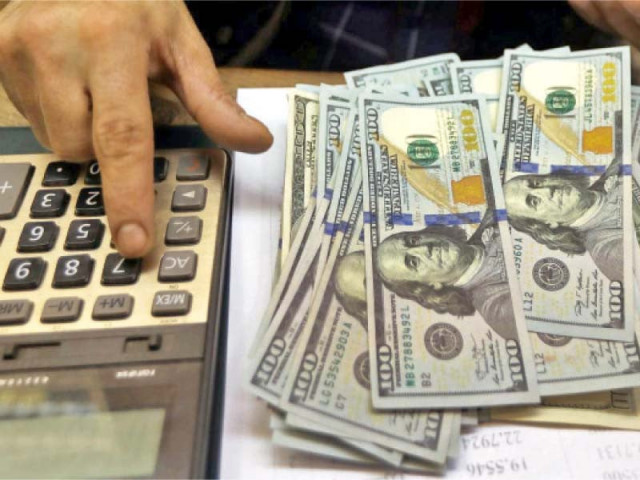Dollar crunch, shortages likely: report
Businesses outcry dollar constraint as LSMs, exporters suffer a shortage of raw material

Despite the government’s announcements claiming it has made enough arrangements for foreign exchange, the fear of a shortage of essential items looms over the country as export issues continue to aggregate.
“A dire dollar crunch is likely, which may also hurt the import of essential items in the coming months and lead to a shortage of several food items, healthcare supplies and even petroleum oil and lubricants (POL) products,” according to a research report released by Taurus Securities
A shortage of raw material, and other supplies, is affecting large-scale industrial activities, resulting in non-production days as well as a substantial hike in product prices. This includes major industries like automobile, steel and textile.
According to the report, passenger car sales are down 38% year-on-year during the first six months of FY 2023, whereas, both long and flat, steel manufacturers have increased product prices by around Rs23,000 per tonne and Rs14,000 per tonne, respectively, in one month alone. Although the government has assured the public of a sufficient stock of wheat in the country, hoarding and smuggling have been affecting its supply causing a spike in the price for the commodity. Additionally, banks are hesitant to open letters of credit (LCs) for the oil and gas industry, which may result in a shortage of POL products.
“Pakistan’s exports issues aren’t being addressed in the right way and have left the export industry stuck in the mud,” said Dr Urwa Elahi, Additional Secretary General for Research at the Pakistan Businesses Forum (PBF).
Citing a detailed report conducted by the PBF, she maintained that due to falling exports, approximately seven million people in Pakistan’s textile industries have lost their jobs. “Pakistan is already struggling to achieve financial equilibrium because its import volume is much higher than that of its exports.” “Exports fell for the second month in a row, falling 18.3% from $2.9 billion a year earlier, indicating that Pakistan’s economy is consistently shrinking. In contrast, imports increased 11.3% to $5.25 billion in November, resulting in a $2.88 billion monthly trade deficit. Imports were, however, 33.6% lower than November 2021’s $7.89 billion, showing a 42.5% decrease in the annual trade gap,” explained Elahi.
“Although the coalition government is being credited for reducing the annual trade deficit, many economists believe that the fictitious strategies being implemented by the current finance minister may cause long-term damage to the national economy,” she said, adding that, “The manufacturing sector needs imports in order to maintain its high performance; otherwise, it will be difficult to meet the country’s revenue needs.
Exports fell by 3.5% to $11.93 billion in the first five months of the current fiscal year compared to $12.36 billion last year. “This indicates that the government will face difficulties in meeting the export target this fiscal year, which will lead to further income cuts for the country. It is now abundantly clear that the fluctuation of the exchange rate was a major factor behind the decline in exports,” she said.
The government’s decision to end duty drawbacks on local taxes has also caused liquidity problems for the export industry. It is worth noting that Pakistan not only met its export target in 2021-22, but it also passed the psychological barrier of $30 billion, with proceeds rising 26.6% to $31.85 billion from $25.16 billion the year before, noted the PBF researcher.
Published in The Express Tribune, January 15th, 2023.
Like Business on Facebook, follow @TribuneBiz on Twitter to stay informed and join in the conversation.



















COMMENTS
Comments are moderated and generally will be posted if they are on-topic and not abusive.
For more information, please see our Comments FAQ